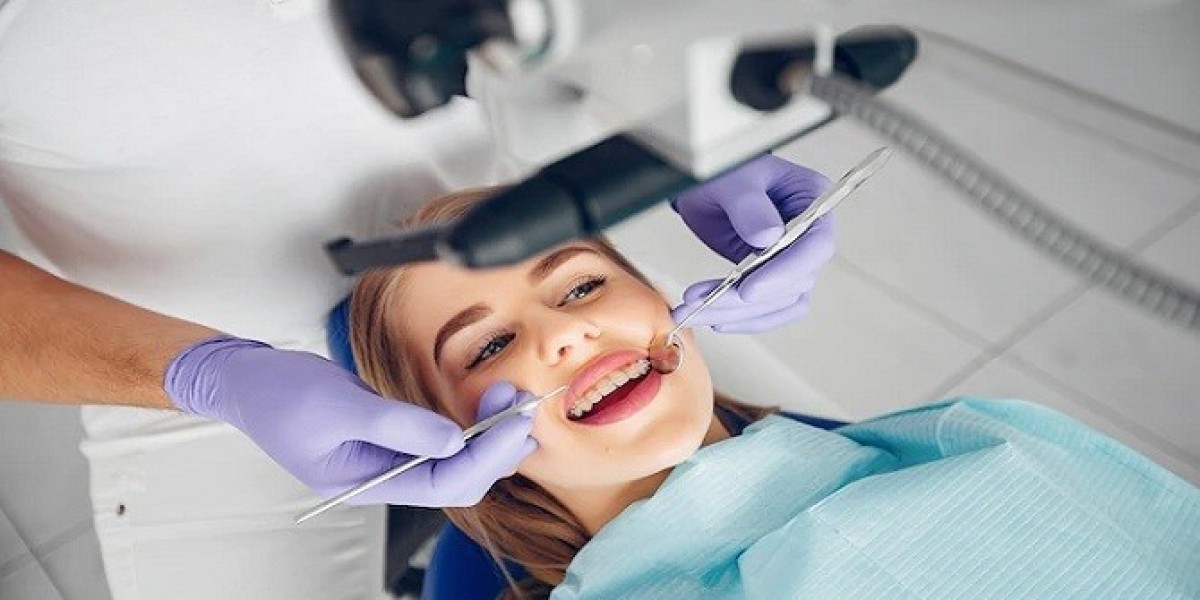Orthodontics, a specialized field within dentistry focused on correcting misaligned teeth and jaws, has a rich and fascinating history that spans millennia. From ancient civilizations' rudimentary methods to the cutting-edge technologies of today, the evolution of orthodontics reflects not only advancements in dental science but also changes in societal attitudes towards oral health and aesthetics. In this comprehensive exploration, we delve into the journey of orthodontics from its humble beginnings to its current state of artistry and innovation.
Early Orthodontic Practices
Ancient civilizations such as the Egyptians, Greeks, and Romans recognized the importance of dental alignment, albeit with rudimentary methods. Archaeological findings reveal attempts to straighten teeth using materials like gold wire and catgut. The ancient Greeks, including notable figures like Hippocrates and Aristotle, made significant contributions to dental theory and practice, laying the foundation for future orthodontic developments.
Orthodontics in the Middle Ages and Renaissance
During the Middle Ages and Renaissance, orthodontic progress stagnated. Dental care was often relegated to barbers or untrained practitioners, leading to crude attempts at tooth extraction and alignment. However, the Renaissance saw a resurgence of interest in the sciences, with polymaths like Leonardo da Vinci studying dental anatomy and proposing innovative orthodontic devices, albeit with limited practical application.
18th and 19th Century Advancements
The 18th and 19th centuries witnessed the dawn of modern orthodontics. French dentist Pierre Fauchard is credited with introducing the bandeau, an early orthodontic appliance designed to expand the dental arch. Meanwhile, the 19th century saw the development of braces and wires, paving the way for more sophisticated orthodontic treatments.
The Birth of Orthodontic Science
The late 19th and early 20th centuries marked a turning point in orthodontics, with the emergence of scientific principles and standardized techniques. Edward Angle, often hailed as the "Father of Modern Orthodontics," founded the Angle School of Orthodontia and established key orthodontic concepts such as malocclusion classification and treatment planning.
Technological Innovations in the 20th Century
The 20th century brought about revolutionary advancements in orthodontic technology. X-rays became indispensable tools for diagnosing dental problems, while the development of braces evolved from cumbersome metal bands to more discreet and effective appliances. In recent decades, clear aligner therapy has emerged as a popular alternative to traditional braces, offering patients a more aesthetically pleasing and comfortable treatment option.
Contemporary Orthodontic Practices
Today, orthodontic treatment is more accessible, effective, and patient-centered than ever before. With the integration of digital technology, orthodontists can precisely plan and execute treatment strategies tailored to each patient's unique needs. From traditional braces to clear aligners, patients have a diverse range of options to achieve their desired smile.
Future Directions in Orthodontics
Looking ahead, the future of orthodontics holds exciting possibilities. Advances in materials science may lead to the development of even more durable and aesthetically pleasing orthodontic appliances. Furthermore, innovations in teleorthodontics and artificial intelligence have the potential to streamline treatment processes and improve patient outcomes.
Choosing Professional Orthodontics Enfield Over Natural Remedies
While natural remedies for dental alignment may seem appealing, they often lack the precision and effectiveness of professional orthodontic treatment. Orthodontists undergo extensive training and education to diagnose and treat complex dental issues safely and efficiently. By choosing professional orthodontics Enfield, patients can benefit from personalized care, state-of-the-art technology, and long-lasting results that natural remedies cannot guarantee.
In conclusion, the evolution of orthodontics reflects not only scientific progress but also humanity's enduring quest for dental health and beauty. From ancient civilizations' crude techniques to the sophisticated treatments of today, orthodontics continues to evolve, promising brighter smiles and improved quality of life for generations to come.








